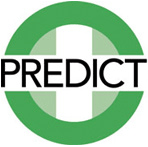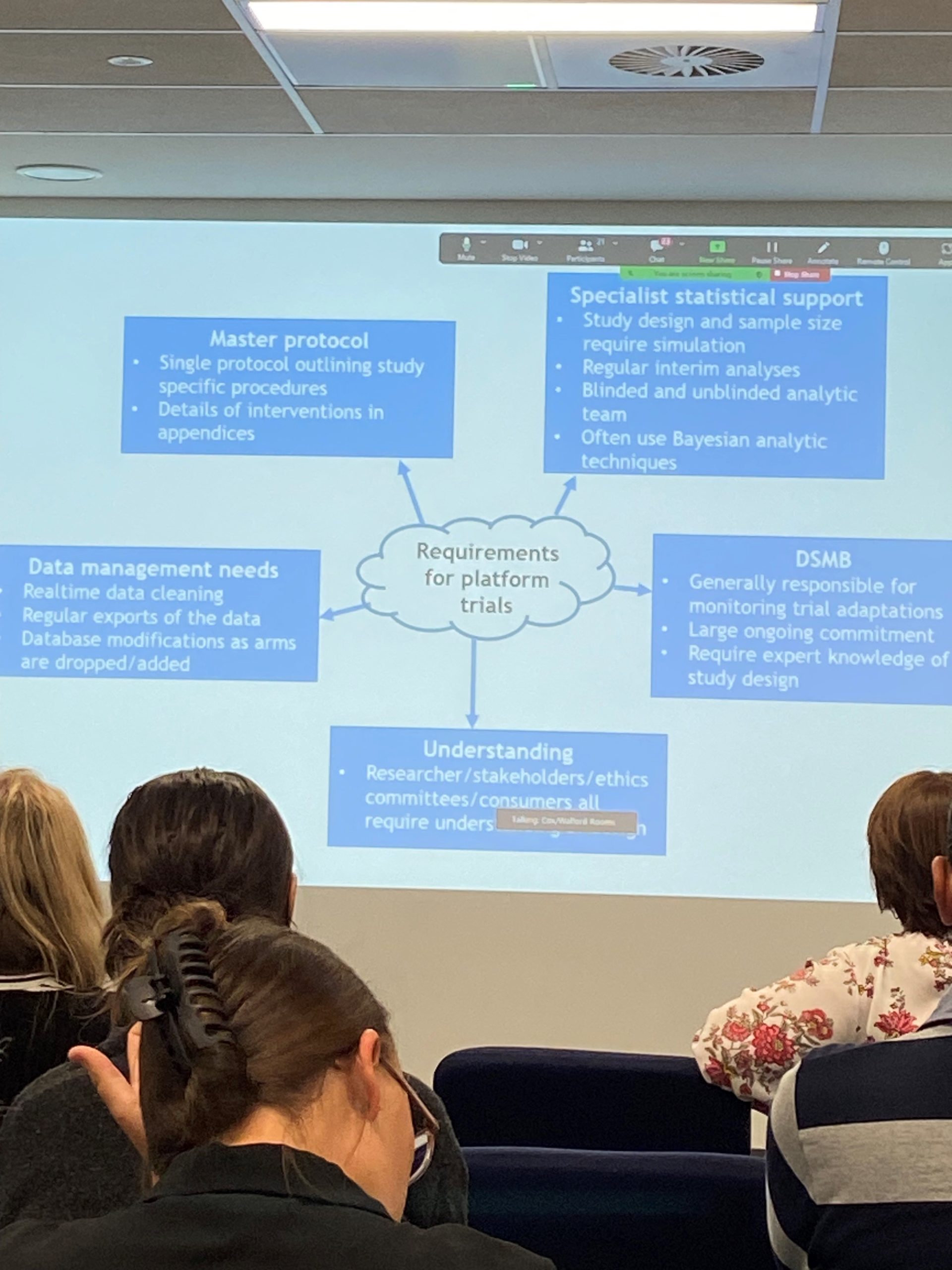Congratulations to the following PREDICT authors:
Craig S, Xu Y, Robas K, Iramain R, Yock-Corrales A, Soto-Martinez ME, Rino P, Belen Alvarez Ricciardi M, Piantanida S, Mahant S, Ubuane PO, Odusote O, Kwok M, Johnson MD, Paniagua N, Benito Fernandez J, Ong GY, Lyttle MD, Gong J, Roland D, Dalziel SR, Nixon GM, Powell CVE, Graudins A, Babl FE; Pediatric Emergency Research Networks (PERN). Core outcomes and factors influencing the experience of care for children with severe acute exacerbations of asthma: a qualitative study. BMJ Open Respir Res. 2023 Nov;10(1):e001723. doi: 10.1136/bmjresp-2023-001723. PMID: 37968074; PMCID: PMC10661079.
Babl FE, Eapen N, Herd D, Borland ML, Kochar A, Lawton B, Hort J, West A, George S, Davidson A, Cheek JA, Oakley E, Hopper SM, Berkowitz RG, Wilson CL, Williams A, MacKay MT, Lee KJ, Hearps S, Dalziel SR. Pain in children with Bell’s palsy: secondary analysis of a randomised controlled trial. Archives of Disease in Childhood. Published Online First: 02 December 2023. doi: 10.1136/archdischild-2023-325381
Babl FE, Herd D, Borland ML, Kochar A, Lawton B, Hort J, West A, George S, Oakley E, Wilson CL, Hopper SM, Cheek JA, Hearps S, Mackay MT, Dalziel SR, Lee KJ. Facial Function in Bell’s Palsy in a Cohort of Children Randomized to Prednisolone or Placebo 12 months after Diagnosis. Pediatric Neurology. Published online 2024 Jan 11. ISSN 0887-8994, https://doi.org/10.1016/j.pediatrneurol.2024.01.011.
Crowe LM, Rausa VC, Anderson V, Borland ML, Kochar A, Lyttle MD, Gilhotra Y, Dalziel SR, Oakley E, Furyk J, Neutze J, Bressan S, Davis GA, Babl FE; Paediatric Research in Emergency Departments International Collaborative (PREDICT). Mild Traumatic Brain Injury Characteristics and Symptoms in Preschool Children: How Do They Differ to School Age Children? A Multicenter Prospective Observational Study. Arch Phys Med Rehabil. 2024 Jan;105(1):120-124. doi: 10.1016/j.apmr.2023.08.008. Epub 2023 Sep 14. PMID: 37715760.



